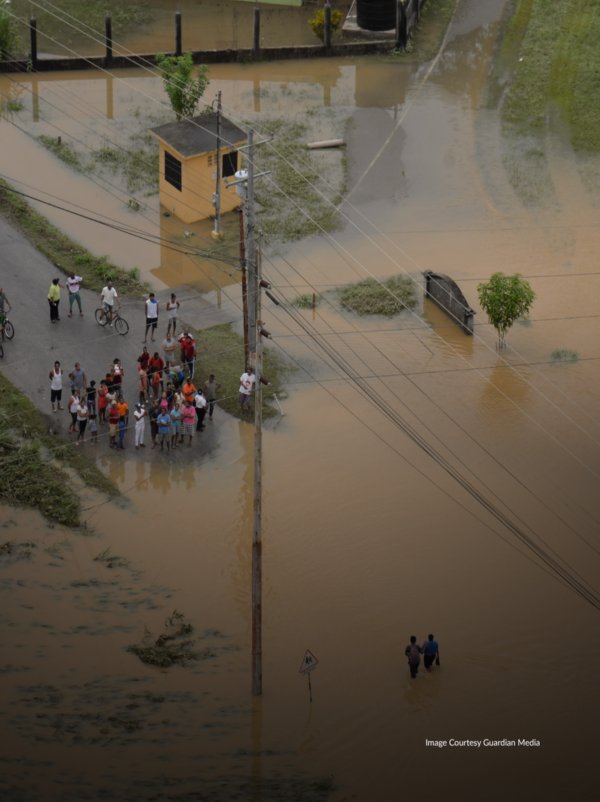The 1.5°C limit and risks of overshoot
Authors
Rosanne Martyr, Fahad Saeed, Uta Kloenne, Alex Nauels, Debbie Rosen, Carl-Friedrich Schleussner

Limiting warming reduces the consequences of climate change
With global warming continuing at an unprecedented rate, and 2023 confirmed as the hottest year on record, it is increasingly important to limit temperature rise and reduce the multidimensional and increasingly irreversible impacts of climate change. This is particularly important for the most vulnerable countries and regions such as Small Island Developing States (SIDS) and Least Developed Countries (LDCs).
However, even if global temperature rise exceeds 1.5°C in a single year, this does not mean we have passed the Paris Agreement’s warming limit, because the Paris Agreement refers to long-term (i.e., multi-decadal) global average temperature increase. Continued warming does however signal that we are heading in the wrong direction.
Stringent mitigation in line with the Paris Agreement would require global greenhouse gas emissions to peak before 2025, and roughly halve by 2030, before reaching net zero greenhouse gas emissions in the second half of this century. Recent research confirms that this is still technically possible and that there is a good chance of 2023 having been the year when global greenhouse gas emissions peaked.
1.5°C-aligned action would halve the speed of global warming in the 2030s, and halt it by the middle of the century. This warming slow-down is critically important to buy time for adaptation and avoid irreversible loss and damage.
Even if long-term temperature rise exceeds 1.5°C, ambitious mitigation can bring it back down after a temporary temperature “overshoot”, limiting loss and damage in the long-term.
However, even a temporary temperature overshoot will result in some irreversible and adverse impacts, for example on some mountain and coastal ecosystems. We will not be able to return to where we were before.
There are already gaps between current adaptation efforts and what is needed to minimise risks and impacts. The costs of adaptation, particularly for developing countries are projected to increase, while finance flows to developing countries remain insufficient, resulting in a widening adaptation finance gap. Adaptation processes must be equitable and just, avoiding the worsening of existing vulnerabilities or giving rise to new ones. This requires new approaches for collaboration across disciplines, engaging various actors.
SIDS and LDCs are at the forefront of climate impacts and already experience limits to adaptation across their natural and human systems, leading to loss and damage. Some adaptation limits can however be overcome by addressing a range of constraints, primarily financial, governance, institutional and policy constraints.
Loss and damage will escalate with every increment of global warming. Seemingly small differences in warming of only fractions of a degree can have significant implications, especially in regions or countries more strongly affected or less able to respond than others, including SIDS and LDCs.
For example, the annual expected damage from tropical cyclones in Antigua and Barbuda would increase by almost half if global warming reached 1.7°C in 2050 instead of 1.5°C, and increase by more than three quarters at 1.8°C of global warming in 2050 compared to 1.5°C.
The number of people annually exposed to heatwaves in Senegal would meanwhile increase by almost one third under 1.7°C of global warming in 2050 compared to 1.5°C, and rise by half if warming reached 1.8°C in 2050 (see Figure).
As damages from climate change increase, especially for the most vulnerable economies, the financial needs required to address loss and damage are growing. The dedicated loss and damage fund is expected to assist developing countries that are particularly vulnerable to the adverse effects of climate change.
Only rapidly scaling up mitigation efforts and accelerating the implementation of available adaptation options, including adequate adaptation finance, in this critical decade, will limit the loss and damage that the fund will have to address.











